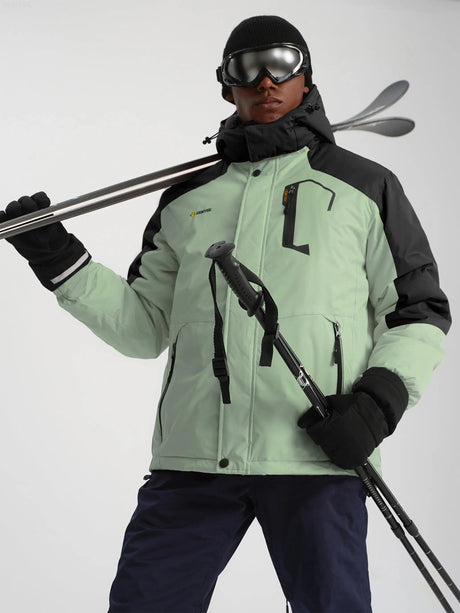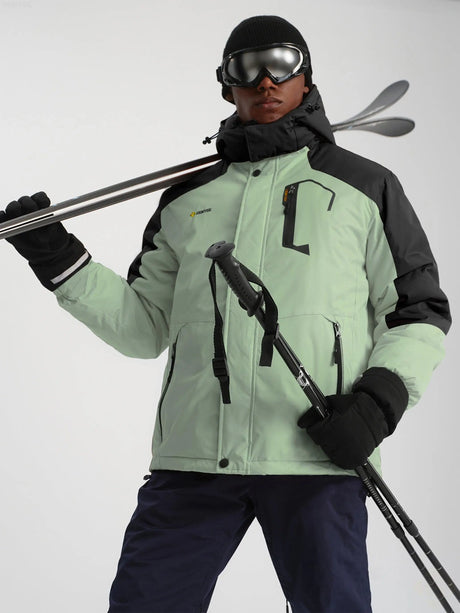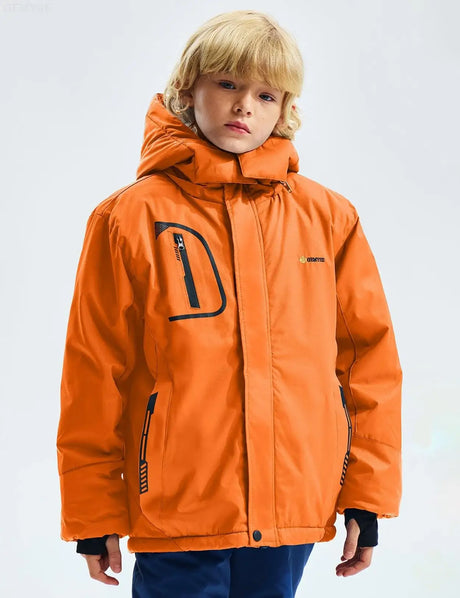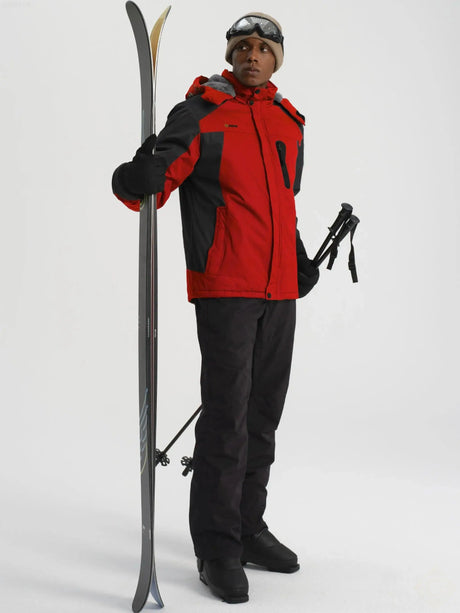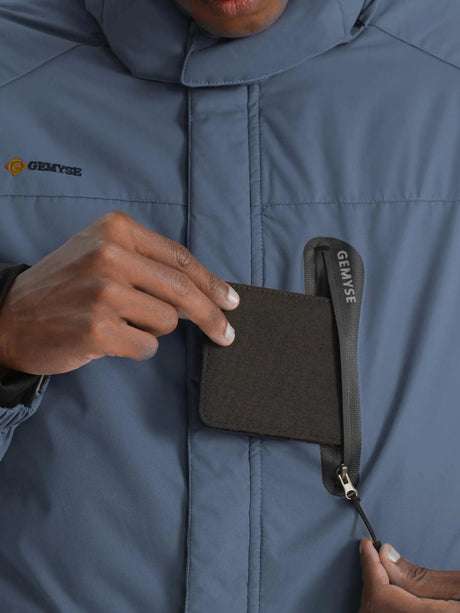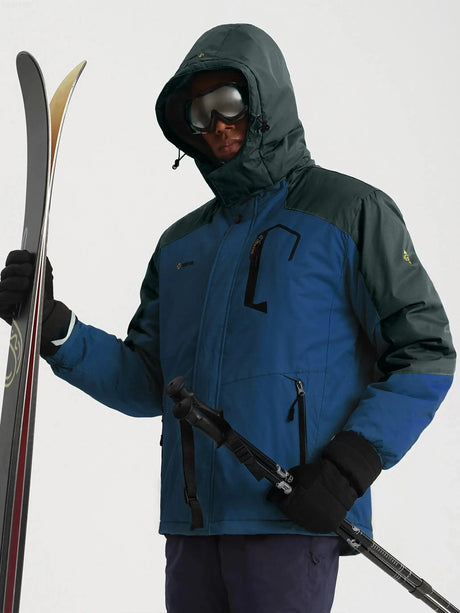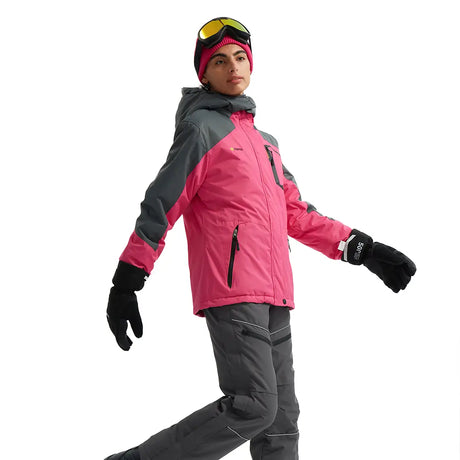Boy Ski Jacket Buying Guide: How to Choose the Perfect Jacket for Your Child
When it's time to hit the slopes, having the right gear is essential, especially when it comes to protecting your child from harsh winter elements. A well-chosen boy’s ski jacket is more than just a stylish accessory—it’s the key to staying warm, dry, and comfortable throughout your skiing adventure. But with so many options available, how do you make the right choice? This guide will walk you through all the important factors to consider when buying a ski jacket for your boy.
1. Importance of a Quality Boy’s Ski Jacket
A quality boy’s ski jacket does much more than keep your child warm. It should offer protection against cold winds, snow, and moisture while allowing for freedom of movement. Additionally, these jackets need to be breathable enough to prevent overheating during physical activity, making sure your boy stays comfortable all day long.
Key Considerations:
- Warmth: Insulation is crucial. Down or synthetic insulation can make a huge difference in maintaining core body temperature.
- Waterproofing: Snow and wet conditions are inevitable while skiing. A waterproof jacket prevents your child from getting wet, which can quickly lead to hypothermia.
- Breathability: A jacket that breathes well prevents sweating and ensures that moisture inside the jacket doesn't build up.
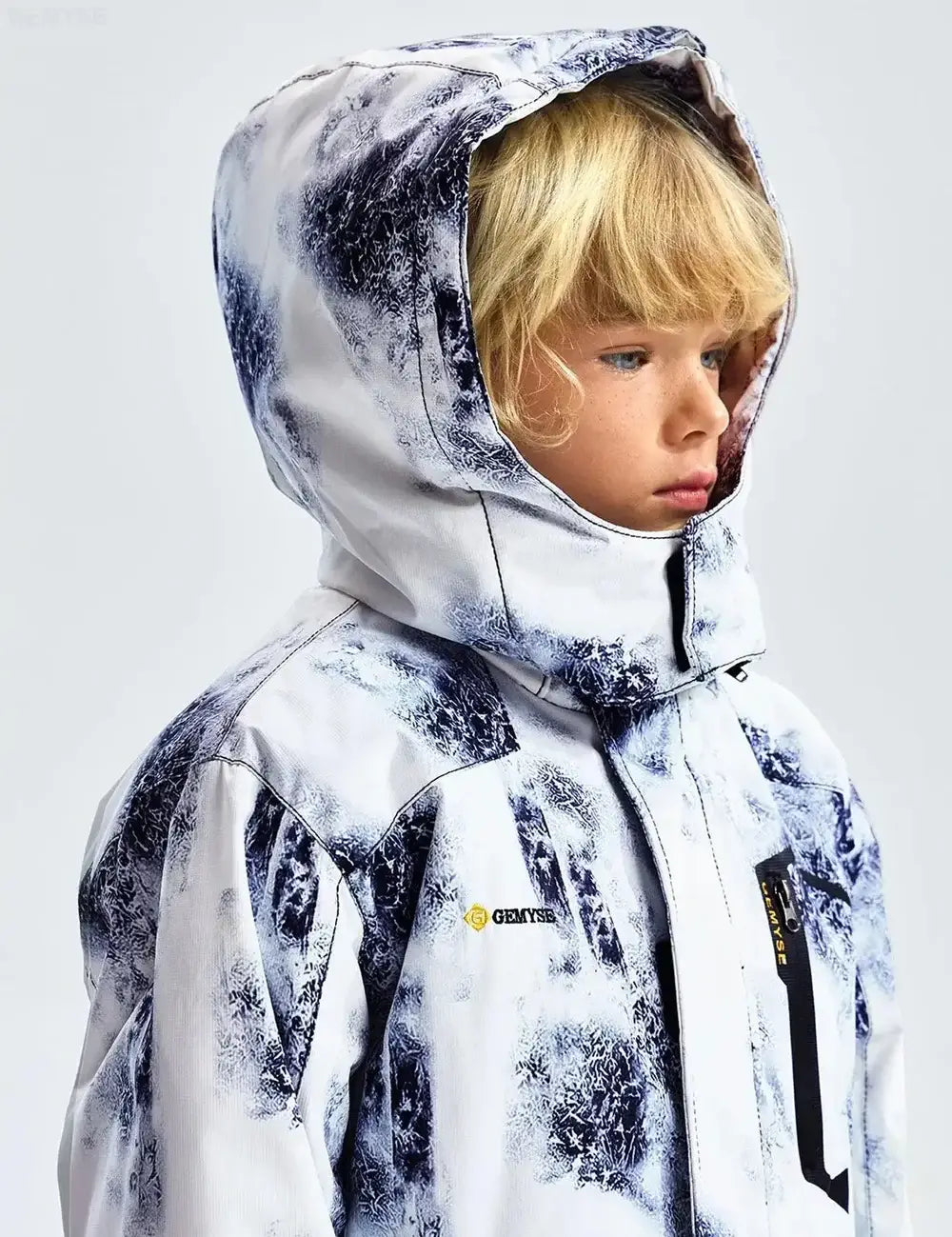
2. Insulation Types: Down vs Synthetic
When it comes to insulation, down and synthetic materials are your two main options. Understanding the pros and cons of each will help you choose the best jacket for your child.
Down Insulation
Down jackets are known for being incredibly lightweight and warm, making them an excellent choice for extremely cold weather. The feathers trap air to create warmth, but down loses its insulating ability if it gets wet, so proper waterproofing is essential.
Synthetic Insulation
Synthetic insulation, on the other hand, remains warm even when wet. While synthetic options are generally bulkier than down, they provide better all-weather protection and are typically more affordable.
Factors to Consider:
- Climate: If you ski in extremely cold but dry conditions, a down-insulated jacket may be ideal. For wetter environments, synthetic insulation might be the better option.
- Activity Level: Active skiers may prefer synthetic insulation because it’s more breathable and handles moisture better.
For more details on choosing the right materials, explore our waterproof ski gear guide.
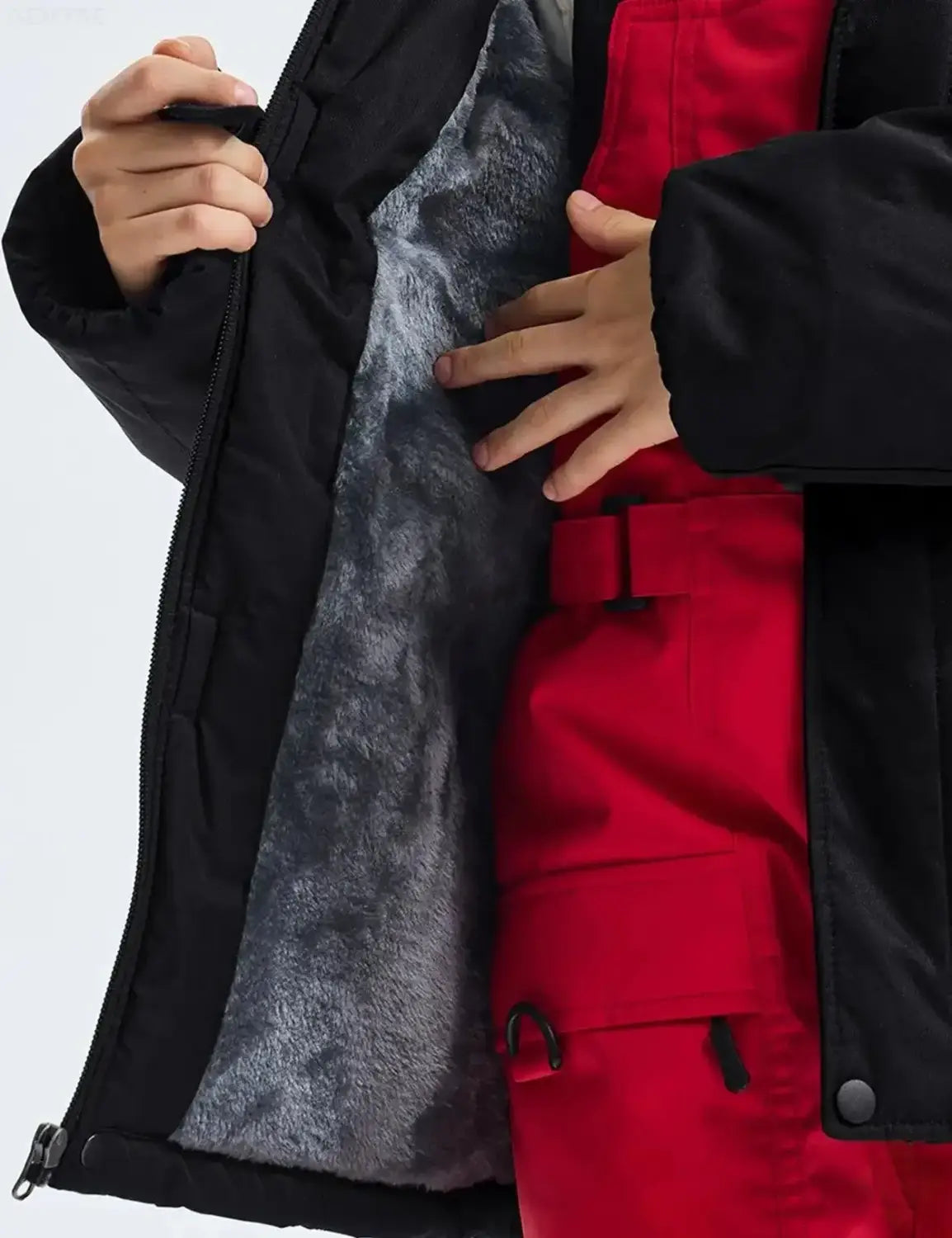
3. Waterproofing and Breathability: Why They Matter
Two of the most important aspects of any ski jacket are waterproofing and breathability. Skiing exposes you to snow, wind, and sometimes rain, so it’s important to keep your child dry and comfortable.
Waterproofing Ratings
Waterproof jackets are rated based on how many millimeters of water a fabric can handle before water seeps through. Jackets with a waterproof rating of 10,000mm or higher are ideal for skiing. Many jackets also come with fully taped or critically taped seams to prevent moisture from getting in.
Breathability Ratings
Breathability measures how easily sweat and moisture can escape from the inside of the jacket. Jackets rated between 10,000-15,000 g/m² are generally good for active skiers.
Read more on the importance of breathable fabrics in ski jackets.
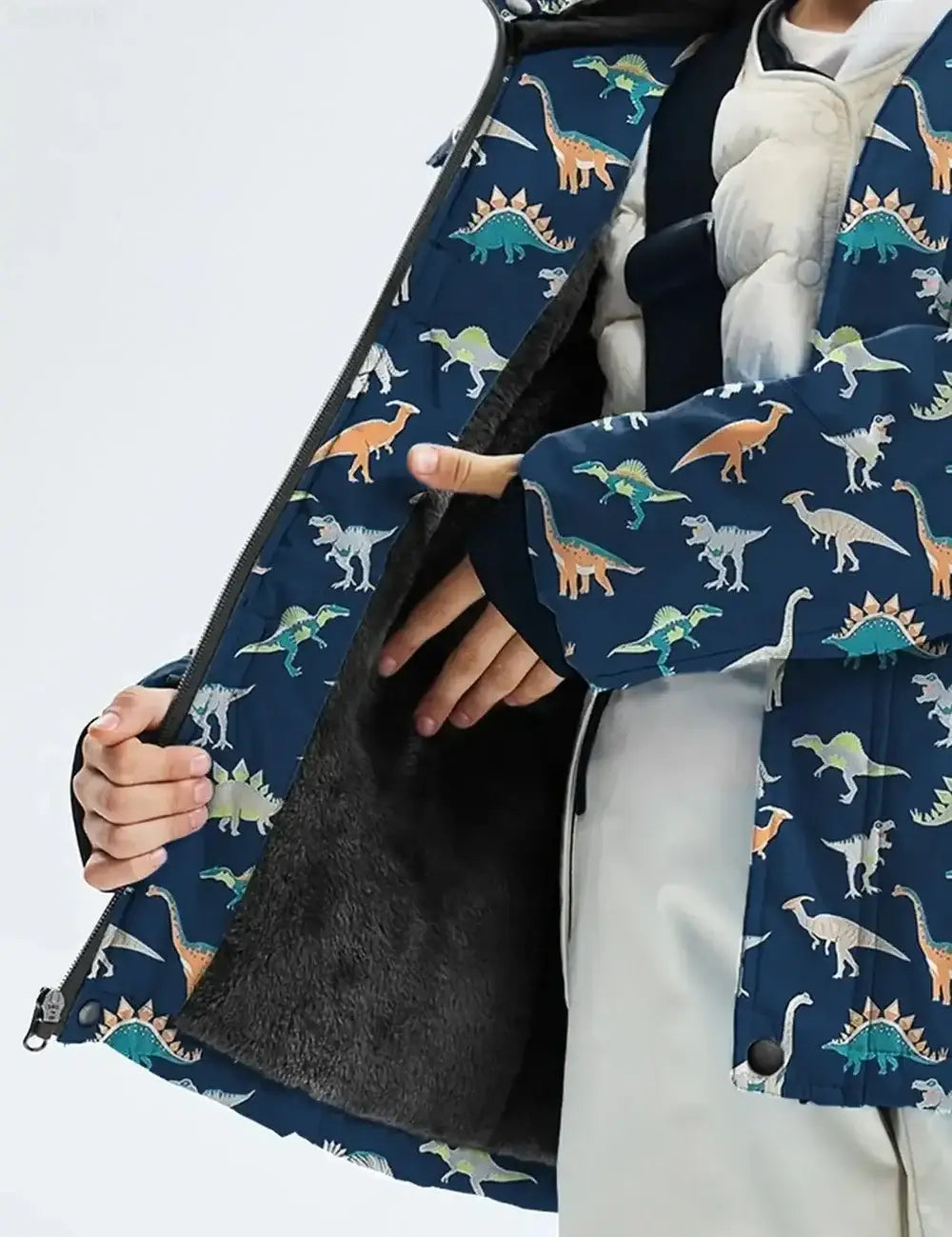
4. Features to Look for in a Boy’s Ski Jacket
Different jackets come with different features that can enhance performance and comfort. Here are some essential features to look for:
Powder Skirt
This is an elastic band inside the jacket that helps seal out snow, especially during falls. A powder skirt ensures your child stays dry even in deep snow.
Adjustable Hood
An adjustable hood is a must-have for stormy conditions. Some jackets have helmet-compatible hoods, ensuring your child stays warm while also protecting their head.
Pockets
Look for jackets with multiple pockets, including lift pass pockets, internal goggle pockets, and insulated hand warmer pockets.
Ventilation Zippers
Ventilation zippers under the arms allow for extra airflow, preventing overheating during active skiing.
If you're curious about advanced jacket features, check out our detailed review on ski accessories.
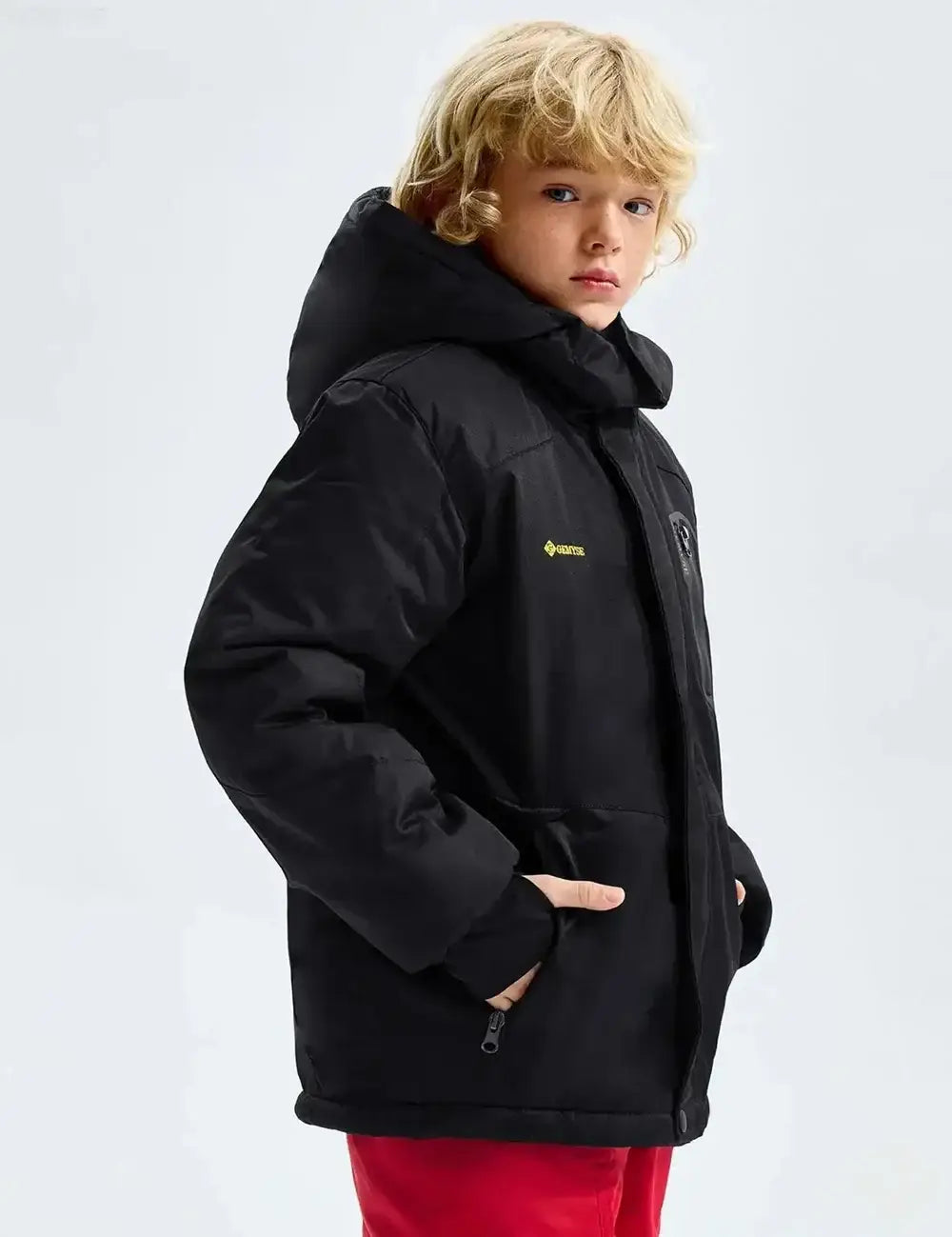
5. Sizing and Fit: Ensuring a Proper Fit
When shopping for a boy’s ski jacket, fit is just as important as any other feature. Ski jackets should offer enough room for layering, but not be too bulky or restrictive.
Types of Fit
- Regular Fit: Offers more room for layering without being overly baggy.
- Slim Fit: A tighter fit that’s more stylish but may limit layering.
- Relaxed Fit: Provides extra space for more layers and freedom of movement.
Sizing Tips:
- Make sure to allow room for a base layer and mid-layer under the jacket.
- Consider the length of the jacket; it should be long enough to cover the waist and back but not so long that it impedes movement.
For a complete guide to selecting the right size, visit our ski gear sizing guide.

6. Durability and Material Quality
Since kids tend to be rough on their gear, it's important to choose a jacket made from durable materials. Look for jackets with reinforced seams and high-quality zippers that can withstand multiple seasons of wear and tear.
Material Types:
- Nylon and Polyester: These are the most common materials used due to their durability and water resistance.
- Gore-Tex: This high-end material is known for its superior waterproof and breathable qualities.
For more on durable ski gear, read our durability test on popular brands.
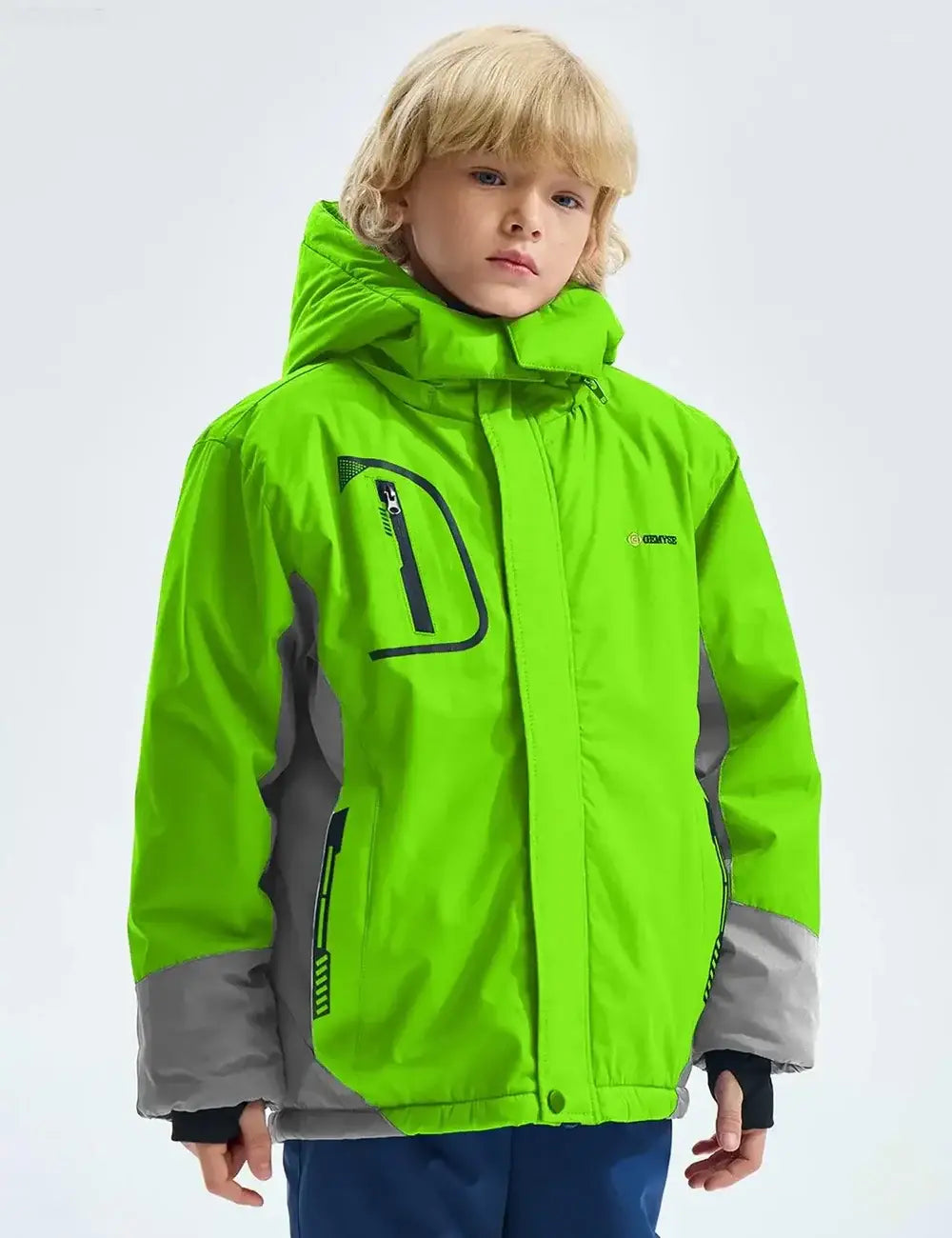
7. Style: Finding the Right Look
While performance is key, you can’t ignore style. Kids often want a jacket that looks cool, so finding the right balance between functionality and style is important. Many brands offer jackets in bold colors and designs, allowing your child to express their personality on the slopes.
Popular Styles:
- Color Blocking: Bright, contrasting colors are both fashionable and make it easier to spot your child from a distance.
- Reflective Elements: Safety is always a priority, and reflective strips on jackets ensure visibility in low-light conditions.
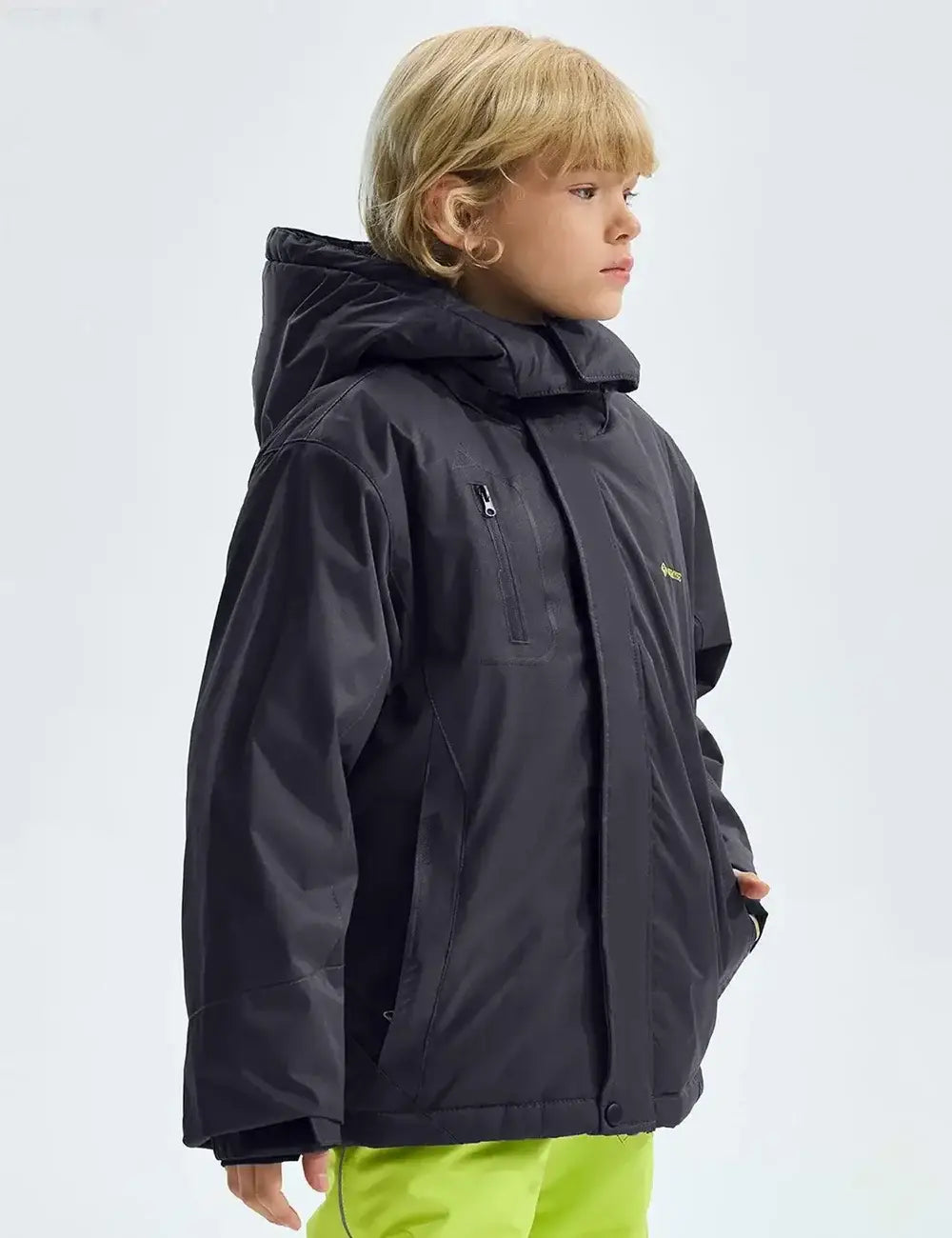
8. Recommended Brands for Boy's Ski Jackets
Several brands specialize in making high-quality ski jackets for kids. Here are some top-rated brands to consider:
- Columbia
- The North Face
- Patagonia
- Burton
- Spyder
These brands are known for their durability, high-tech fabrics, and excellent insulation. To explore these and other brands, check out our full brand comparison guide.
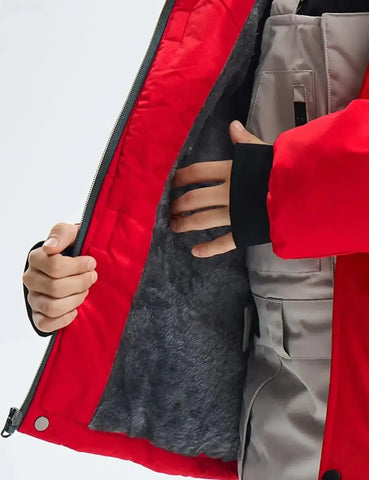
9. Conclusion: Choosing the Best Boy’s Ski Jacket
Selecting the best boy’s ski jacket is a balance between warmth, waterproofing, durability, and style. By considering factors like insulation, waterproof ratings, and features like powder skirts and ventilation, you can ensure your child stays warm and comfortable on the slopes. With so many great options available, you’re sure to find a jacket that keeps your child protected while also looking great.
FAQs
Q1: What’s the difference between down and synthetic insulation?
A: Down insulation is warmer and lighter, but it loses its insulating ability when wet. Synthetic insulation, on the other hand, retains warmth even when damp, making it ideal for wet conditions. You can explore more about different insulation types in ski jackets to find the best fit for your child.
Q2: How should I clean a ski jacket?
A: Always check the care label on the jacket, but most ski jackets can be machine washed on a gentle cycle using a technical wash designed for waterproof and insulated fabrics. Avoid using fabric softeners as they can affect the waterproofing properties. For detailed cleaning instructions, see our ski jacket care guide.
Q3: How much should I spend on a boy’s ski jacket?
A: The price can vary depending on brand, features, and insulation type. Expect to spend between $100 and $250 for a high-quality jacket that offers proper waterproofing, insulation, and durability. Check our ski jacket budget guide for a full breakdown of prices.
Q4: How do I know if a jacket is waterproof?
A: Check the waterproof rating, typically listed in millimeters. A jacket with a rating of 10,000mm or higher is considered highly waterproof, suitable for snow sports. Some jackets also include fully taped seams, which further prevent moisture from seeping in. For more information on waterproof ratings, visit our waterproof gear explanation page.
Q5: Can my child wear a regular winter jacket for skiing?
A: While a regular winter jacket may provide warmth, ski jackets are designed specifically for snow sports. They offer better waterproofing, breathability, and a more tailored fit to allow freedom of movement while skiing. Ski jackets also often include features like snow skirts and helmet-compatible hoods that regular winter jackets lack. For a full comparison, read why you need a ski jacket over a winter coat.
Q6: How often should I replace my child’s ski jacket?
A: On average, you should expect to replace your child's ski jacket every 2-3 seasons, depending on growth and wear. Higher-quality jackets may last longer, especially if they feature adjustable sleeves and hems that grow with your child. If you’re unsure when to replace, check out our guide on signs it’s time to replace ski gear.

